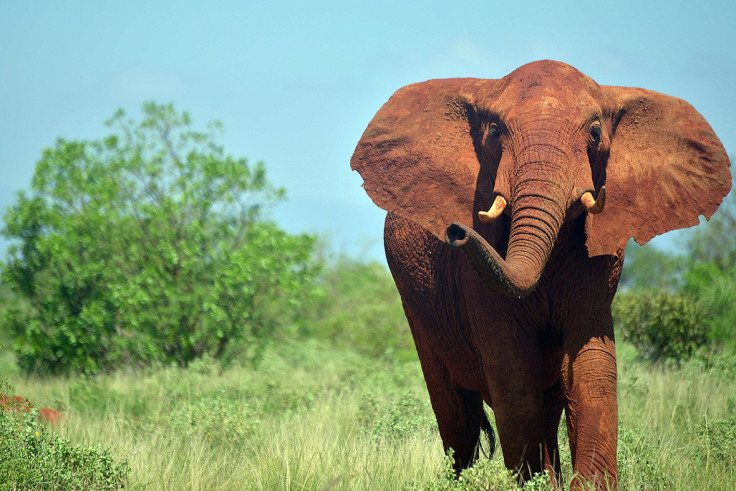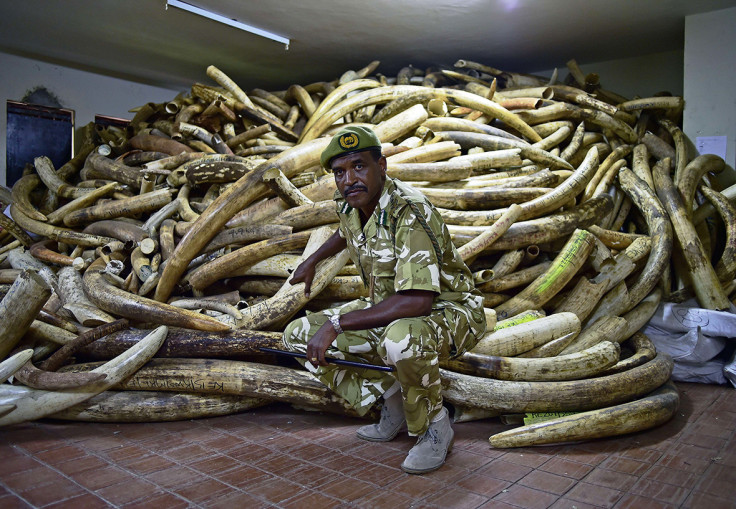Elephant killed, ivory shipped. There is virtually no lag in trade
Over 90% of ivory shipments seized found to be from elephants killed within the last three years.
The illegal ivory trade is being fuelled almost exclusively by elephants recently killed. Analysis of seized shipments of ivory shows 90% of the tusks belonged to elephants that had died in the last three years.
The discovery indicates trade is not being bolstered by government stockpiles (as had been suggested), so if poaching can be stopped, there will be little to no ivory left to sell.
In a study published in PNAS, an international team of researchers analysed the ivory seized between 2002 and 2014. They analysed the tusks – 231 specimens from 14 shipments – using a carbon dating technique to show the length of time between the elephant's death and the point at which the ivory was seized. There was just one sample where the elephant had been killed over six years earlier.
Findings showed 90% of the ivory had come from elephants killed within three years of when the shipment was confiscated. "This work provides for the first time actionable intelligence on how long it's taking illegal ivory to reach the marketplace," said lead author Lesley Chesson. "The answer: Not long at all, which suggests there are very well developed and large networks for moving ivory across Africa and out of the continent."

"It shows that ivory is moving through the system fast. Some of the elephants were killed just before their tusks were thrown in the shipping container," said study co-author Kevin Uno. "That has huge implications for our estimates of the number of elephants being taken."
Along with finding elephants had been recently killed, the team was also able to find geographic patterns to find out trade networks. Ivory originating from East Africa found its way onto the black market far faster than that from Cameroon, the Republic of Congo and Gabon.
Understanding the ivory trade is important to preventing it. It is estimated that almost 100 elephants are killed every day for their tusks. While laws are increasingly being put in place to make the trade of ivory illegal, demand for products remains high.

The study also showed another trend. The time lag between killing and shipment is starting to increase, potentially showing smugglers are taking longer to acquire tusks as there are fewer elephants left to poach.
But on a more positive note, researchers say their findings indicate the ivory trade is not being bolstered through government stockpiles, leaked into the market through corrupt individuals.
"It's long been widely assumed that a lot of it was leaking from stockpiles," said Elizabeth Bennett, vice president for species conservation at the Wildlife Conservation Society. "This shows that's not true, and that's very encouraging. It says that if we can stop the poaching, we can dry up the ivory pouring out of Africa."
© Copyright IBTimes 2024. All rights reserved.






